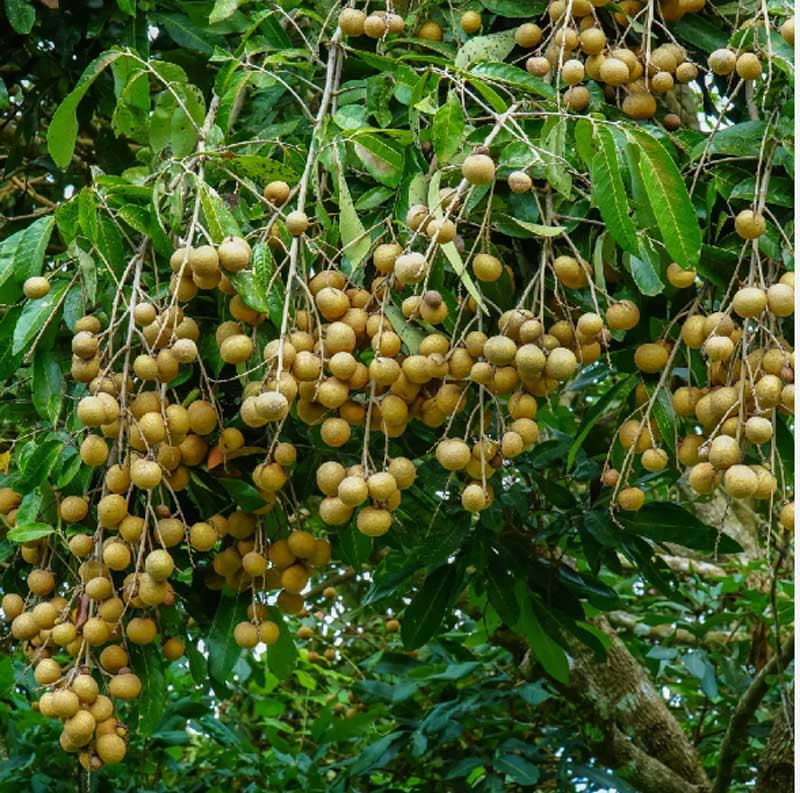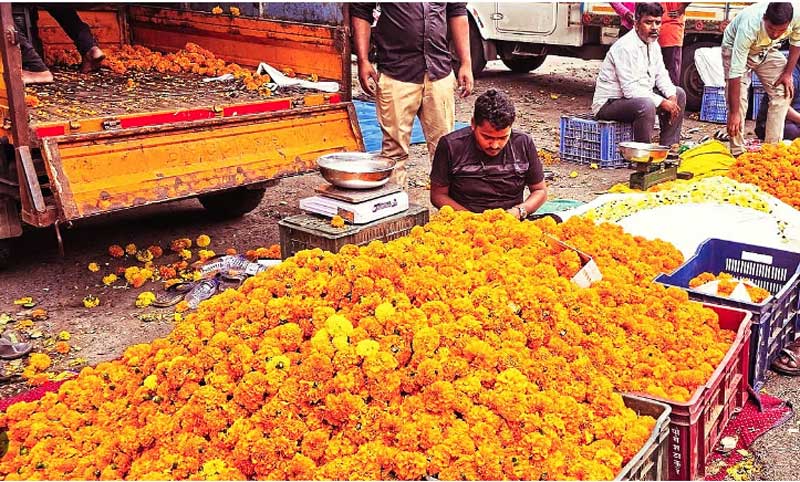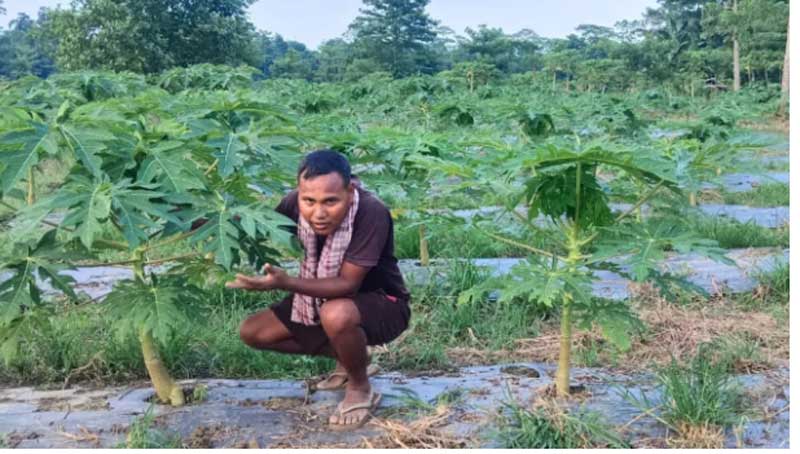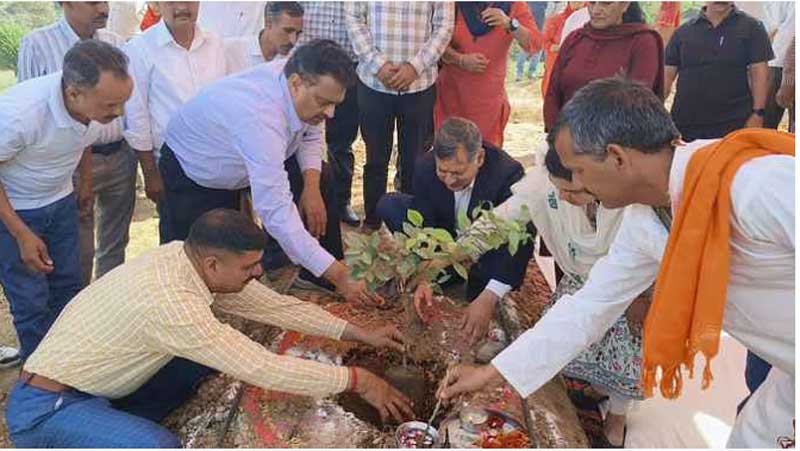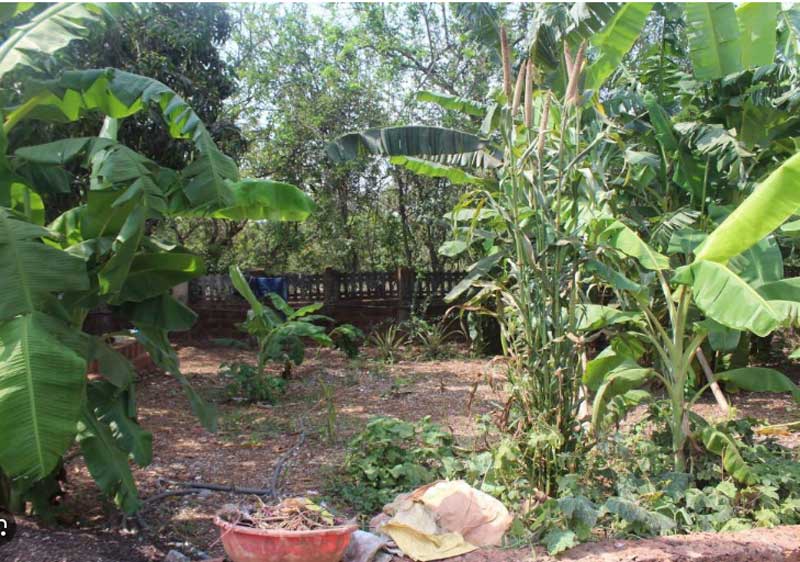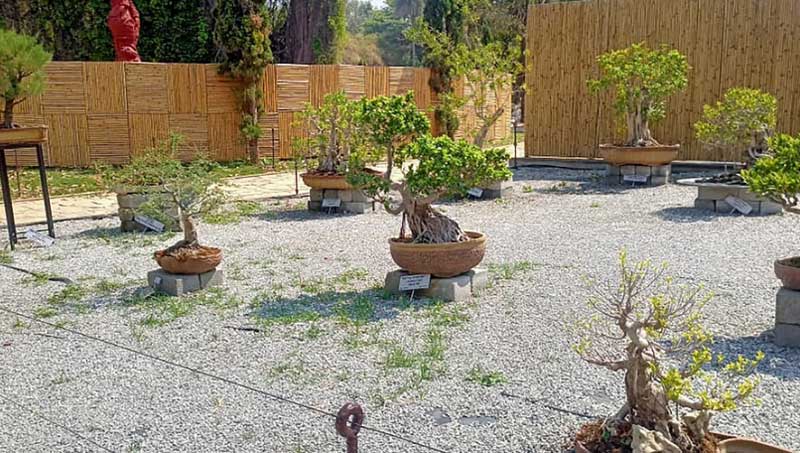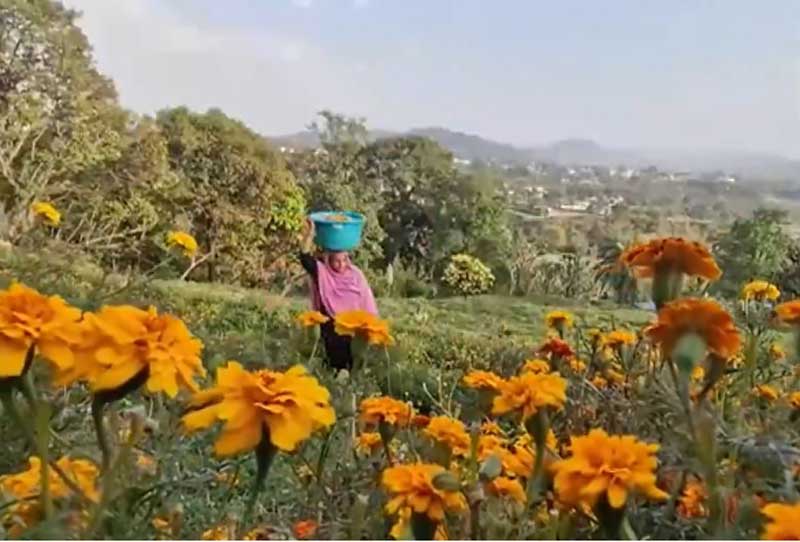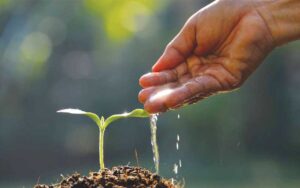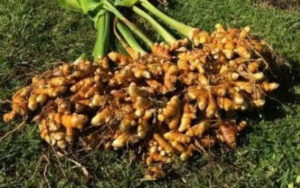Unlocking Prosperity: Urad Dal Cultivation Holds Promise for Farmers
New Delhi: Cultivation of urad dal, also known as black gram or black lentil, has emerged as a lucrative option for farmers promising substantial returns. Understanding the right time and method of sowing is crucial for maximizing yields and ensuring a successful harvest.
Urad dal cultivation requires careful planning and adherence to specific techniques. Farmers are advised to sow urad dal seeds during the optimal planting window which varies based on the region and climate. In most regions the ideal time for sowing urad dal is from June to July coinciding with the onset of the monsoon season.
Read More: Himalayan Horticulture: Conference Promotes Exotic Crop Cultivation through Cooperatives
Proper land preparation is essential for successful urad dal cultivation. Farmers should ensure that the soil is well-drained, rich in organic matter and free from weeds. The use of organic fertilizers and manures can significantly improve soil fertility and enhance crop growth.
When sowing urad dal seeds farmers should aim for a seed rate of around 8-10 kg per hectare ensuring proper spacing between plants. It is advisable to sow the seeds in rows, maintaining a distance of 30-45 cm between rows.
Regular irrigation is crucial for urad dal cultivation especially during the flowering and pod development stages. Farmers should monitor soil moisture levels closely and provide supplemental irrigation as needed to ensure optimal plant growth.
Weed control is another critical aspect of urad dal cultivation. Farmers should regularly remove weeds from the field especially during the early stages of crop growth to prevent competition for nutrients and water.
Pest and disease management are also essential for ensuring a healthy crop. Farmers should monitor their fields regularly for signs of pests and diseases and take appropriate measures such as the use of biopesticides or cultural practices to mitigate the risk of damage.
Harvesting of urad dal typically occurs around 90-100 days after sowing depending on the variety and growing conditions. Farmers should ensure that the crop is harvested at the right time to avoid yield losses due to overripening.
With proper planning and management cultivation of urad dal has the potential to be a profitable venture for farmers providing them with a reliable source of income and contributing to food security.

